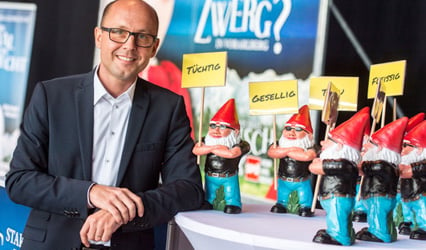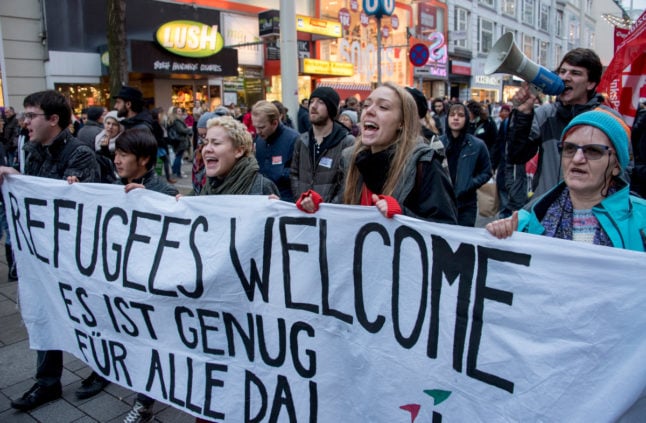The gnomes are known as “Coolmen” and were being used as part of the SPÖ’s political campaign in the run-up to provincial elections on September 21st.
Reinhold Einwallner from the Social Democrats has said there are suspicions that the gnomes may have been removed by the ÖVP. He said that he didn’t begrudge members of the public taking a gnome home with them, but that stealing them all outright was not right and “would have consequences” for the perpetrator.
The 400 gnomes had been attached to lamp-posts around the towns of Rankweil and Bregenz. They disappeared on Saturday night.
Einwallner said that the ÖVP’s election posters are now hanging in their place, and that it would be a “major scandal” if it turned out another political party had taken the gnomes.
The Social Democrats have ordered a total of 20,000 gnomes, which they will roll out over the next few weeks of campaigning.
They have filed an official complaint with the police, and a reward of €1,000 has been offered to anyone with information about where the missing gnomes are.

The Coolmen are supporting candidate Michael Ritsch. Photo: APA/DIETMAR STIPLOVSEK



 Please whitelist us to continue reading.
Please whitelist us to continue reading.
Member comments